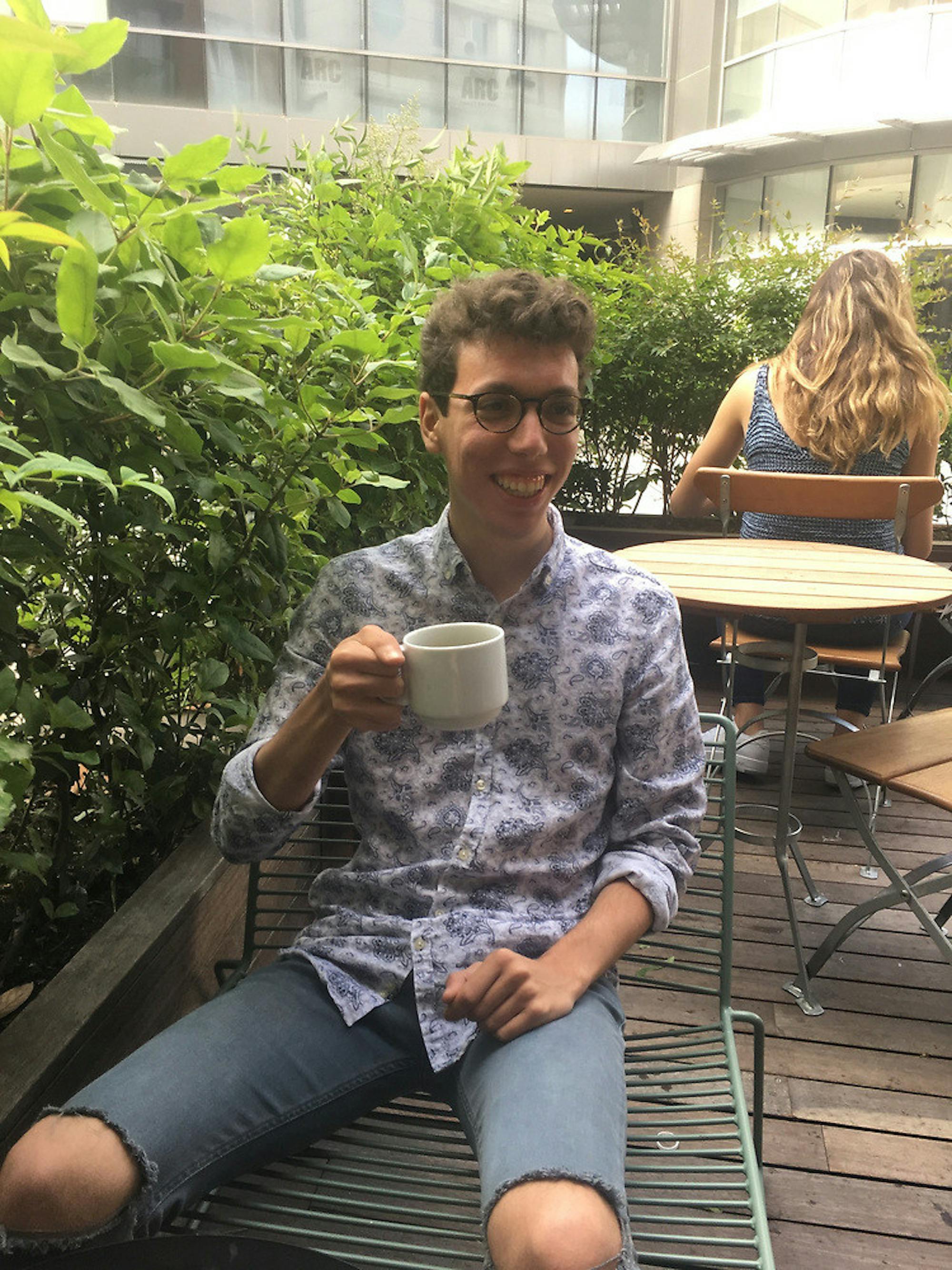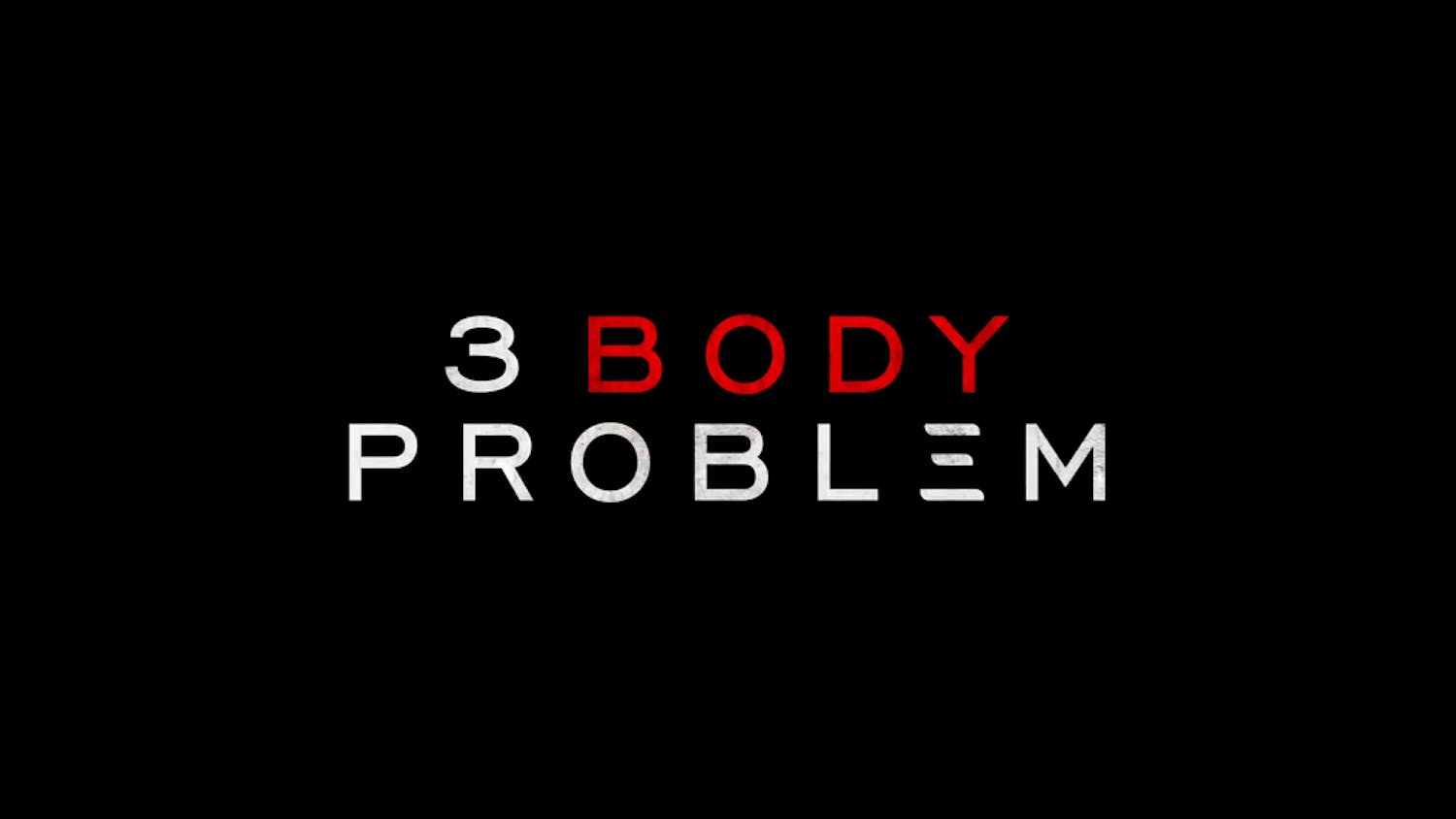Disclaimer: Eran Sabaner is a former executive arts editor for the Tufts Daily. Sabaner was not involved in the writing or editing of this article.
Eran Sabaner is a graduating senior studying art history. Originally from Turkey and moving to London next year for graduate school, here's the Tufts Daily's conversation with this artistic dynamo.
The Tufts Daily (TD): How has senior year been?
Eran Sabaner (ES): Senior year has been great but also very overwhelming, I would say. The first semester, I interned; I was also writing a senior thesis. And this semester, on top of the thesis, I was also taking a lot of high-level seminars. So I think I concentrated on schoolwork a lot, which is not what other people experience their senior year, I would say. But I think I was very lucky in the sense that the seminars I’ve had were very interesting.
TD: Of course, you were once a writer, editor and executive editor for the Tufts Daily arts section for a couple of years. What did you take away from that experience?
ES: I think being an exec for a U.S. newspaper is very difficult because of the language barrier. When I first joined, it was difficult for me to find the editorial language people were looking for. And when you become an exec, the challenges are more related to organizational skills. So running a team of 15 people and more contributing writers, that was very difficult. I think it made me think more about how to plan things in advance, which I think is very applicable to real life and is a great skill to have.
TD: What is your senior thesis about?
ES: The title is "Neo-Ottoman Style in Turkish Contemporary Art." I look at the style that is prominent all over in Turkey right now and how two different groups, the Islamists and the queer identities in Turkey, use this style. So I argue that for Islamists it’s for political reasons, and for queer people it’s to disrupt these binaries created through politics. When people talk about “neo-Ottoman,” it’s usually foreign policy and not necessarily style, so just doing research on style was really interesting. And there’s little research on queer Turkish art, let alone neo-Ottoman queer Turkish art, so trying a mix of these things together — post-colonialism, but also queer theory — and creating a discourage was very ambitious, and I don’t know if I succeeded fully. But also, just being able to combine different theories together to talk about this trend that I would see, but I wouldn’t see in the art history discourse in general, was cool.
TD: Can you talk a little bit about your research with Tufts’ New Initiative for Middle East Peace in Morocco?
ES: What interested me was the history of orientalism in this country specifically. Orientalism is a genre of painting in 19th-century French art, but Morocco became a protectorate in 1912, which means these depictions happened much later, and that continued up until very recent times. There’s this photographer named Irving Penn, who worked mostly with Vogue, and he does ethnographic portraits of Moroccans, which I find very problematic, so I write about that in my paper. I wrote about this history of orientalism in Morocco that is unique in its geographical region but also its diverse identity. So that was the first part, and the second part is about how Moroccan art is today, both in the diaspora and in Morocco and how people address this issue in orientalism.
TD: How was working with Polykhroma? You’ve been there since the beginning.
ES: We founded Polykhroma, [the student art exhibit club], with eight people who worked at the gallery, and we wanted to do our own exhibitions. And we never wanted to be Tufts affiliated because we wanted submissions from Boston schools in general, not just Tufts. And what I love about Polykhroma is when we first started, of the eight people, five of them graduated, so we had to find another group of people. And now we’re again eight people and five of us are leaving, so the next generation has to find other people. But the fact that I created something that hopefully will continue is really cool … There aren’t many platforms where creative people can be together and participate and learn and get inspired by each other. Creating that dynamic was beautiful.
TD: You’ve been very busy! And next year you’re going off to grad school?
ES: Yes! I’m going to Goldsmiths College in London. I’m doing a program named Contemporary Art Theory, so hopefully I’ll be able to expand on my research that I’ve done here, which I’ve mostly related to post-colonialism and some queer theory, next year.
TD: Looking back, what have been some of your favorite arts-related or art history courses you’ve had at Tufts?
ES: So many! Last semester I took Art and Exchange Across Culture with Professor [Eva] Hoffman. And I loved the seminar because it combined different time periods and regions under one theme, which is “exchange”. I thought that was amazing, and it actually really helped with my thesis as well. Sophomore year I took Intro to Contemporary Art with Professor [Jacob Stewart-Halevy], and I think a lot of the readings we did was essential to do research on contemporary art. So even writing papers now, I go back to the readings in that course. And Armenian Art [with Professor Christina Maranci] as well, because I don’t think in any other school I would have the opportunity to study Armenian art to this extent. And a lot of the architecture and art is located in modern Turkey, places I’ve been, so being able to learn extensively about places I’ve been in the past was really cool.
TD: What will you miss the most about Tufts?
ES: A lot of things. I love how the people here are ... experts at one thing. People here love talking about and teaching others about this one subject or issue or idea that they’re very passionate about. I’m going to miss that environment where I can talk to people about things I never thought about before or things that I never thought I would be interested in … finding people that changed my mind or expanded my knowledge, but also finding people with the same interests as I had and creating something with them.
Senior Eran Sabaner talks about Armenian art, graduate school plans

Senior Eran Sabaner is pictured.





